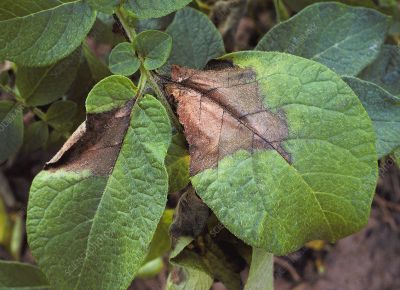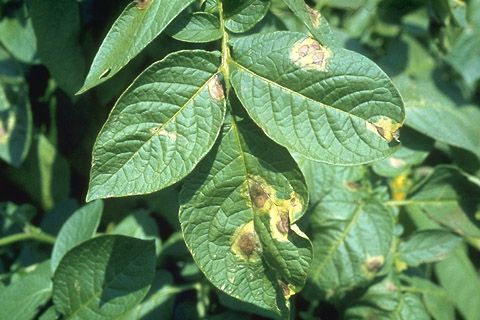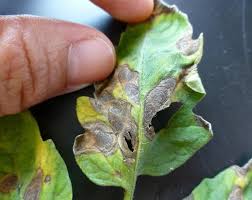Description Of Blight Plant disease
Blight is a form of plant disease caused by bacterial or fungal infections. These diseases cause cell death or necrosis, and the illness is known as blight when it kills significant portions of plants quickly.


Causes Of The plant disease
Blights are usually caused by bacterial or fungal infestations that affect the plant’s shoots and other young, quickly growing tissues. Fungal and bacterial blights thrive in chilly, wet environments, and most economically significant plants, such as tomatoes, potatoes, and apples, as well as many ornamental species, are susceptible to one or more blights.
Symptoms of early blights
- Tomatoes: Dark brown to black dots on the leaves with a definite concentric ring pattern (hence the word “target” spot) are deformed. Lower leaves are usually the first to be infected, and in extreme cases, the leaves wither, turn crispy, and eventually die. The stalk also has brown elongated patterns that are enclosed by a yellow halo. The fungus infects the fruit along the stalk and induces rotting on one side.
- Potatoes: The leaves grow leathery-looking dark brown to black markings that become more angular as they mature. The spots are normally 6mm wide, but in ideal conditions, they can double in size (high temperatures and high humidity). The spots have a typical concentric ring appearance and can expand if not treated.
Symptoms of late blights
- Potatoes: Large brown blotches can be visible on the stems and leaves of potatoes, usually at the leaf margin. The lesions spread quickly and can kill the entire leaf. Downy fungal growth can be visible on the undersides of leaves or around the diseased area in humid conditions (s). If left untreated, the blotches will continue to grow and would eventually destroy the plant. Infected tubers have purple to black sunken spots on the surface, which decay and destroy the entire tuber.
- Tomatoes: Late blight can affect tomatoes as well. Similarly, the stem and leaves acquire enormous black-brown lesions that quickly spread, causing cell death and the plant’s death within days. Large sunken black spots appear on contaminated tomato fruit, which gradually rot.
Tips for Preventing blights
- If you’re planting potatoes, choose early types so that you may harvest your crop before the infection strikes.
- Plant resistant varieties: Sarpo Mira and Sarpo Axona are two resistant cultivars. Maintain proper garden hygiene.
- Discard any plant portions contaminated with the disease. Clean up any fallen debris from your unhealthy plants and dispose of it in the garbage. Don’t put anything in your compost pile.





